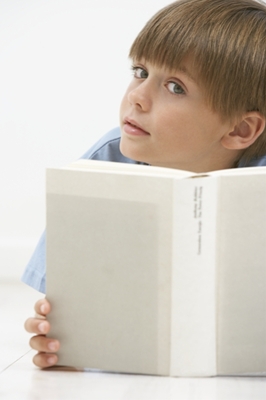We can’t wait to dig into the second season of “Orange is the New Black.”
And according to Netflix (a blame-worthy originator of the trend), 61 percent of its subscribers admit to similar yearnings for serial sessions.
Practicing binge-viewing is simple: Download or stream TV seasons from your favorite purveyor, and watch for two to three hours. And despite Newton Minow’s criticisms of the tube as a vast wasteland, a number of psychological professionals claim it’s no longer just a dreadful self-indulgence.
Think about their reasons:
- It’s a social experience (i.e., we usually watch with others)
- We watch one show, much like the way we’d read a top-flight novel … in sessions.
- The shows are actually good. [Okay, okay: We know folks who don’t like Breaking Bad. But who could argue with House of Cards? Or Mad Men? Or … ?]
- It’s our selection, one not fueled by advertising or specific time slots.
In our heart of hearts, though, we wish one thing: That we could transfer the experience of eyeballing the screen to eyeballing a book. Our volunteering experiences with grade-schoolers have uncovered some incredulous-to-us issues with reading, even spelling out words. It’s not just limited to kids either. About half of US adults can’t peruse an eighth-grade level book.

